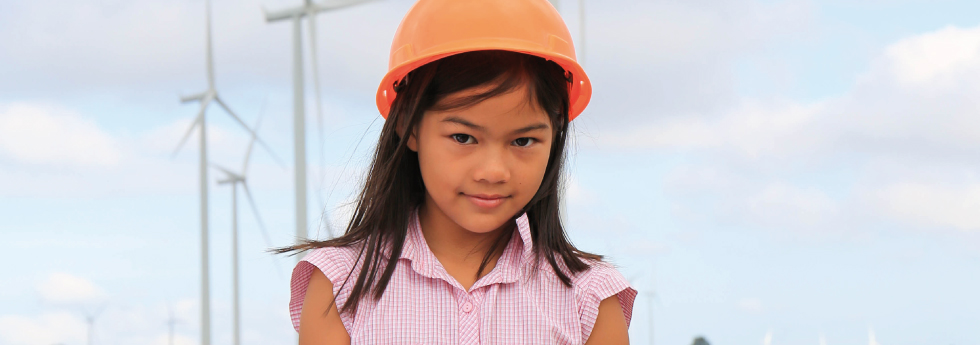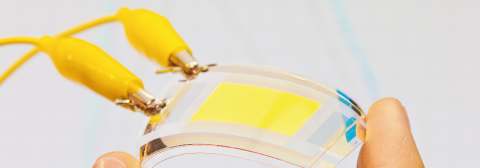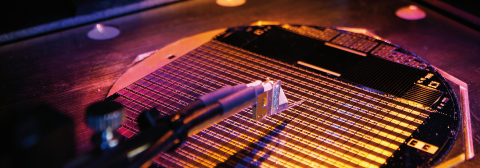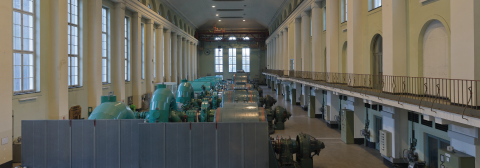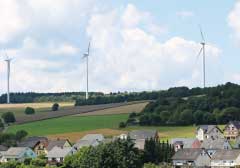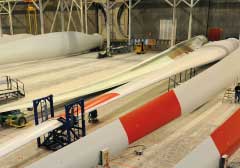INVENTIONS: ENERGY
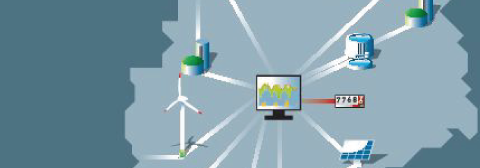
Innovative energy mix
Will the lights go out when we run out of gas, oil and coal? Energy suppliers across the globe are still predominantly using fossil fuels. But we can safeguard the electricity supply from renewable energy sources, too. Fraunhofer researchers worked with several industrial companies, using a model experiment to show how that works:
Dozens of miniature power generators that use solar energy, wind power and biogas are linked together via the internet to create a virtual combined power station. It is centrally controlled to prevent supply bottlenecks if the sun doesn‘t shine or the wind doesn‘t blow. Furthermore it ensures that surplus energy is stored and fed back into the grid as needed.
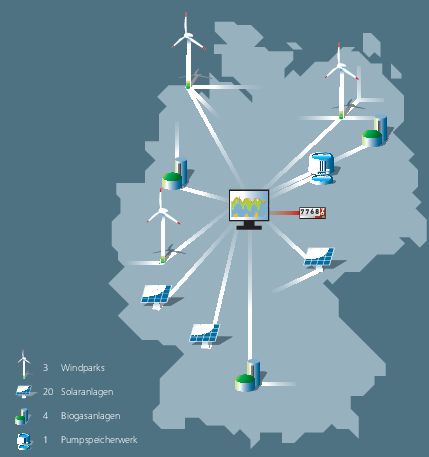
Several regenerative energy sources combine to form a virtual combined power station
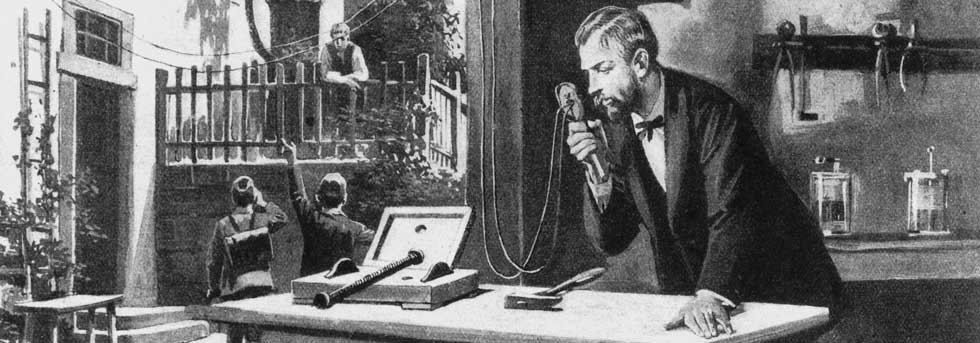
Light for tomorrow
Illuminated wallpaper, pictures and flexible film instead of light bulbs or flickering neon tubes – potential applications for organic light diodes, or OLEDs for short, are almost unlimited. They are already used for instance in mobile phone and MP3 player displays. OLEDs consist of very thin plastic layers of semi-conductor, they require less energy and are cheaper to produce than standard light diodes. It is even possible to create flexible screens with this technology.
Admittedly OLEDs still only have a comparatively short lifespan. Researchers in Dresden, Potsdam and Mainz are working on making OLEDs longer-lasting, more robust and brighter.
Watch the clip "OLED – Light of Small Molecules"
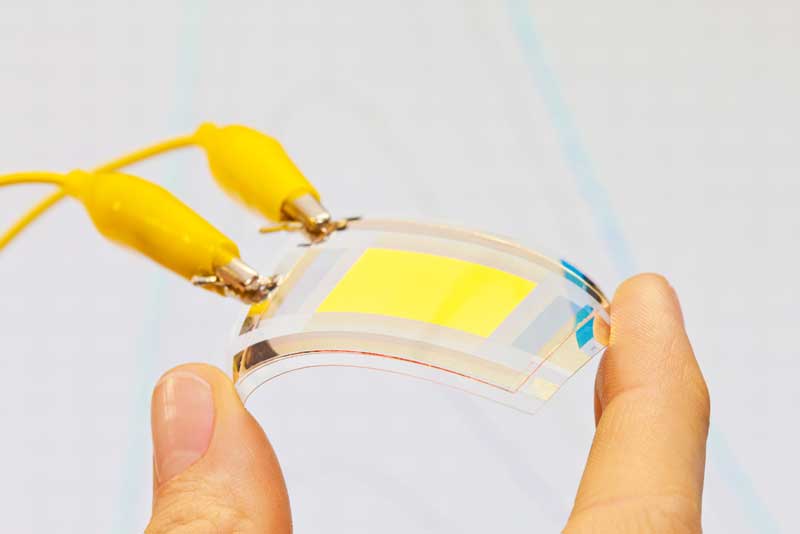
Potential applications for organic light diodes, or OLEDs for short, are almost unlimited.
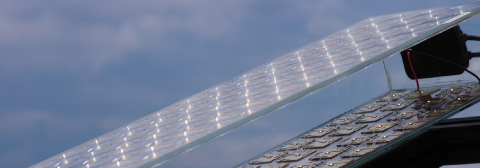
Sunlight in concentrated form
In Summer 2014 researchers at the Fraunhofer Institute for Solar Energy Systems set a world record: their solar module reached an efficiency level of 36.7 per cent!
This so-called concentrator module is made up of lenses that bundle the sunlight, as well as particularly efficient solar cells underneath them. These quadruple solar cells are made up of several semi-conductor layers that absorb different wavelengths of the sun’s light. So they use a broader spectrum of sunlight than classic solar cells made from silicon.
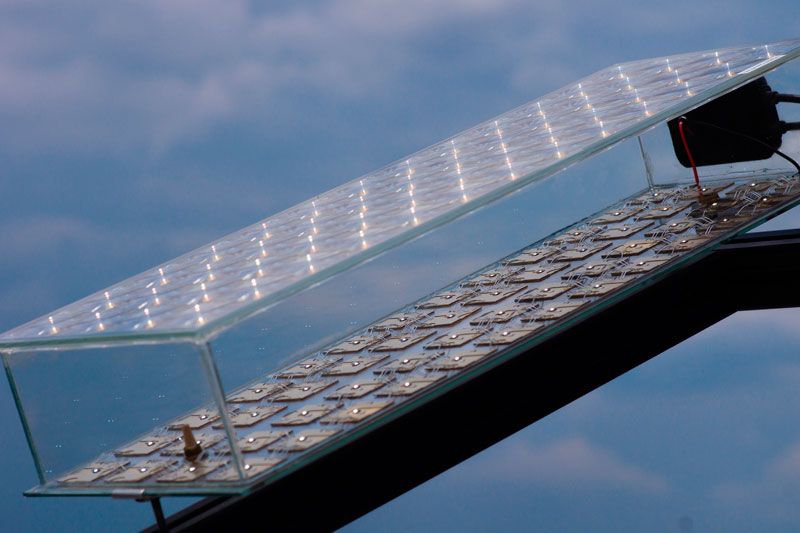
Concentrator modules use the sunlight particularly effectively
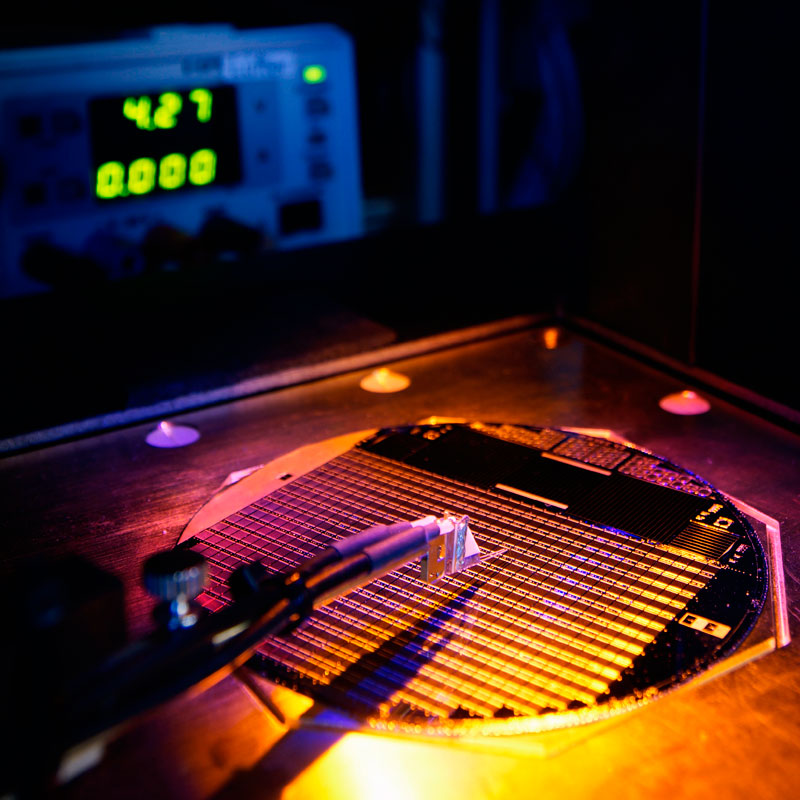
Production of the quadruple solar cells for the concentrator modules
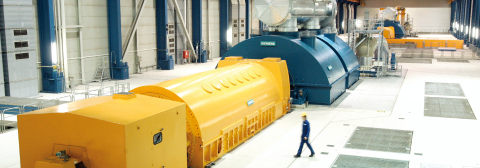
The dynamoelectric principle
Energy for everyone? 150 years ago that would still have been inconceivable. You see, to transport energy across longer distances you have to convert it into electricity. And for that you need a generator. In those days several researchers were experimenting with this type of machine – based on the principle of rotating an electrical conductor in a magnetic field to convert dynamic energy into electrical energy.
But it was not until 1866 that the engineer Werner von Siemens achieved a breakthrough. His dynamoelectric machine functions on the principle of “self-excitation”: it does not require an external electricity supply initially; it uses the residual magnetism in electro-magnets, which is sufficient to induce a low voltage at first. This causes electricity to flow, which increases the magnetism. As a result the weight of the device was reduced by 85 per cent and its price by 75 per cent. The basis for universal power supply had been created.
This is just one of many innovative ideas that laid the foundations for global success of the Siemens group.
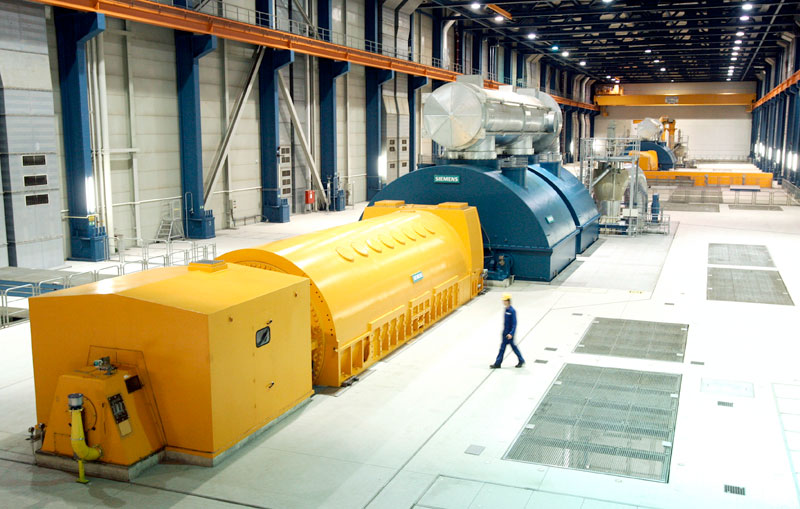
Generators are needed wherever mechanical energy is converted into electrical energy – including modern power stations
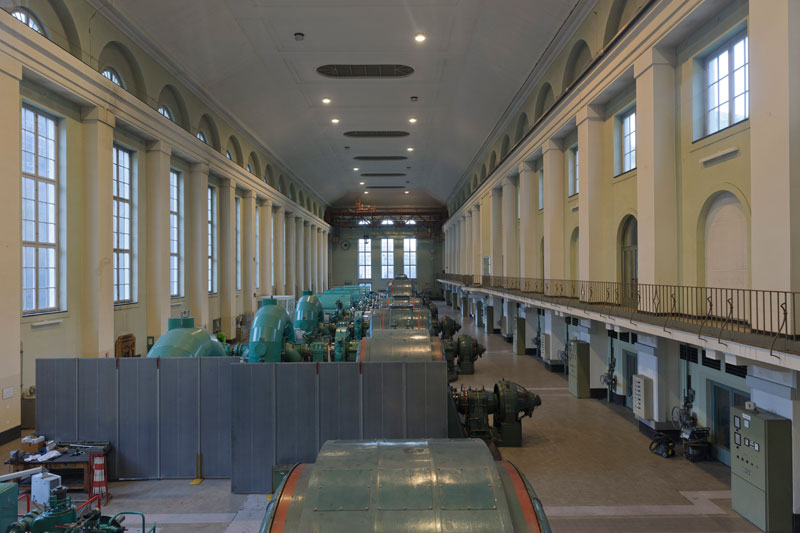
The Walchensee power plant supplied energy to the whole of Bavaria in the 1920s. It is still operating today
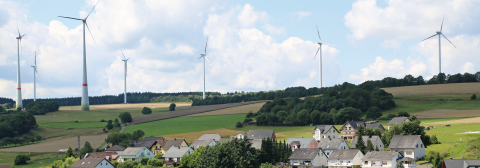
Optimum use of wind power
How much energy can a wind turbine generate? Back in 1919, Albert Betz – a pioneer in fluid dynamics – calculated that it is not possible to convert more than 59 per cent of wind power into usable energy. In order to come as close as possible to achieving this potential, the scientist from Göttingen investigated different blade profiles in a wind tunnel. As early as the 1930s he and his colleague Kurt Bilau developed optimum blades for wind turbines.
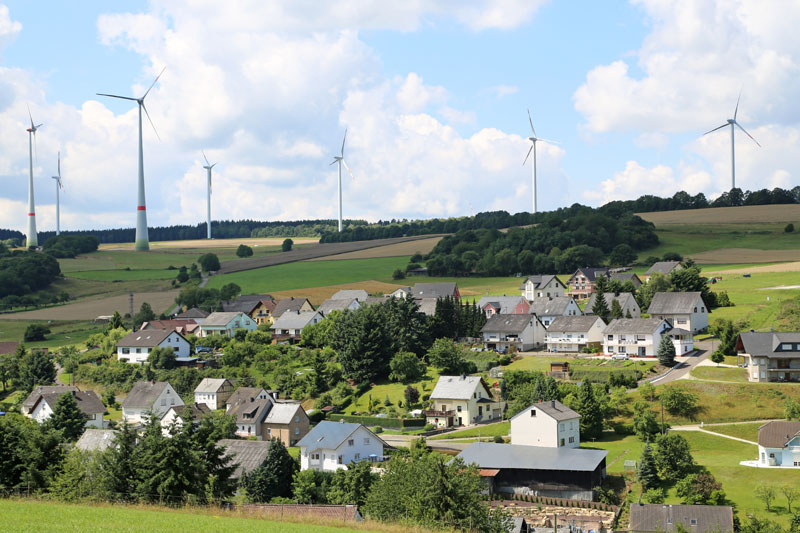
Near houses it is not only efficiency that is important, the installations need to be quiet as well
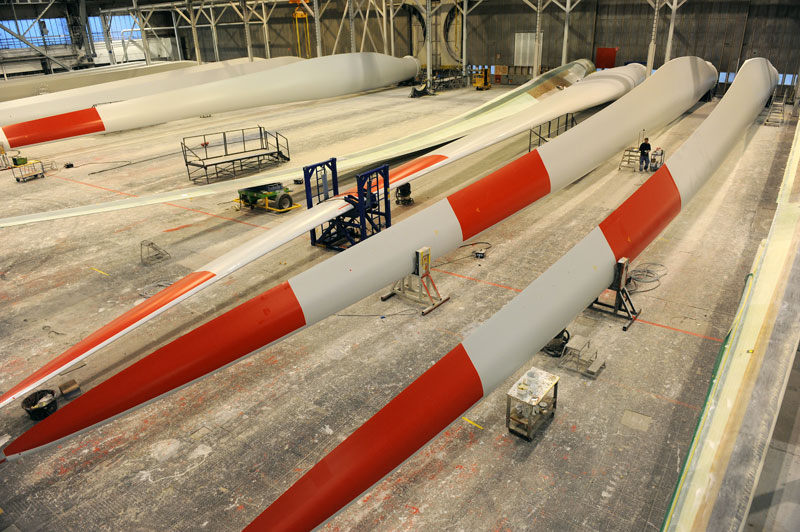
Optimum blade profiles ensure maximum efficiency in modern wind turbines



